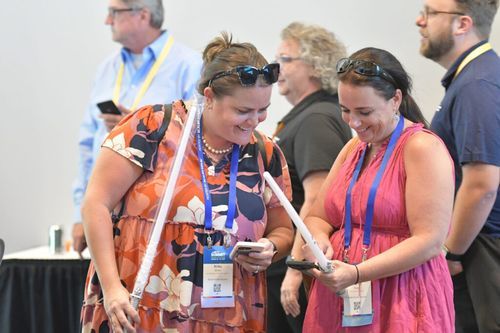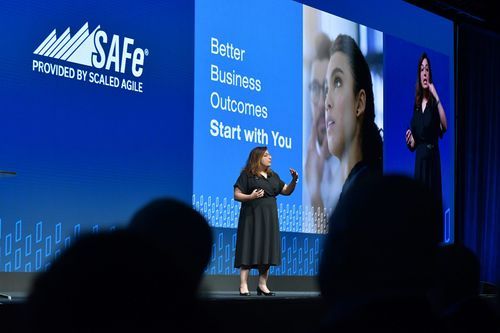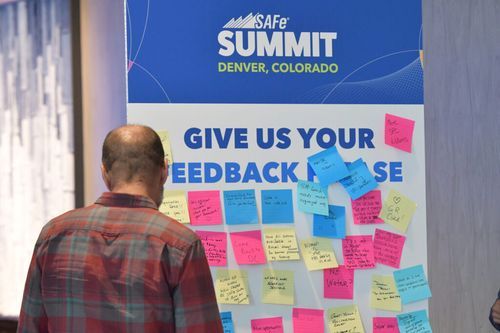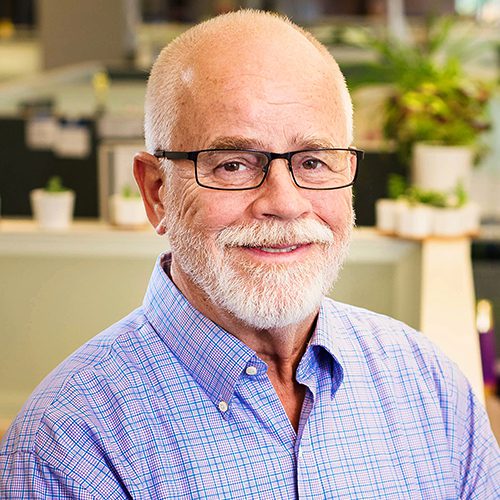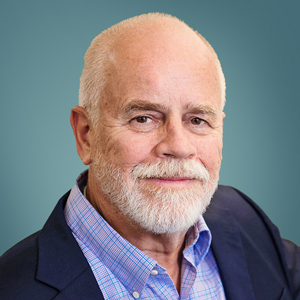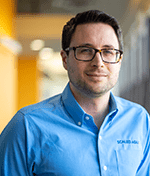by Cynthia Ferreira, Government Strategic Advisor, Scaled Agile, Inc.
With over thirty-five years of experience as a federal contractor, I’ve seen the tides of government priorities, technology, and administration shift more times than I can count. If there’s one constant in federal contracting, it’s change—and those who aren’t prepared find themselves left behind. In today’s rapidly evolving environment, driven by new technology and shifting policies, preparation and adaptability aren’t optional—they’re essential.
The SAFe for Government event on September 25 in Washington, D.C., is designed for integrators and contractors who want more than just survival—they want to lead, adapt, and thrive.
The Reality: Pressing Challenges Federal Integrators Face
Federal system integrators and contractors operate in one of the most complex arenas. In supporting government agencies, we face significant, growing hurdles:
- Workforce Uncertainty and Talent Shortages: Competition for highly-skilled talent is fierce, with specialized technical expertise in short supply. At the same time, workforce downsizing within agencies creates compliance oversight gaps and delays in contract performance.
- Compliance and Cybersecurity Complexity: Regulations and requirements, stemming from evolving cybersecurity frameworks, necessitate rigorous oversight, staff training, and continuous adaptation to prevent costly penalties or disqualification from programs.
- Procurement and Delivery Pressures: Traditional acquisition models slow down innovation. Contractors struggle with rigid federal procurement, red tape, and ever-tightening timelines, making it harder to deliver meaningful outcomes quickly.
- Financial and Operational Risk: Stop work orders, delayed payments, and shifting funding priorities can threaten financial stability and project continuity for even the most experienced firms.
How SAFe Responds
The Scaled Agile Framework (SAFe) offers a flexible, proven structure for navigating these challenges. The Scaled Agile Government team has tailored government-specific training and guidance to help you on your journey of growth. Here’s how SAFe helps you succeed:
- Workforce Agility: SAFe provides a model for building adaptable, cross-functional teams—making it easier to mitigate talent shortages and maintain delivery standards even when resources shift.
- Streamlined Compliance: Its principles emphasize transparency, accountability, and built-in quality, helping contractors meet federal compliance, security, and reporting requirements more reliably.
- Accelerated Procurement and Delivery: SAFe’s lean and agile practices allow projects to pivot rapidly as agency priorities evolve, shrinking delivery cycles and increasing client satisfaction.
- Resilience Amid Change: SAFe fosters a culture prepared for the inevitable: change. Whether it’s technology shifts, new administration mandates, or emergency government actions, organizations grounded in SAFe weather transitions more smoothly.
Why You Should Attend
- Learn What Works: Benefit from real-world stories of contractors and partners successfully using SAFe to solve today’s obstacles in federal delivery.
- Get Ahead of Change: Acquire practical tools to anticipate, adapt to, and lead through change—no matter what the next administration brings.
- Strengthen Your Network: Exchange insights with peers who also support our nation’s missions, and build alliances for the future.
In federal contracting, transformation is non-negotiable. Whether you’re grappling with workforce shortages, navigating procurement hurdles, or ensuring compliance in a shifting landscape, SAFe equips you to not just face change, but drive it.
Join your colleagues on September 25. Invest in the framework that supports bold, capable, and resilient federal delivery. See you at SAFe for Government in D.C.—where innovation meets opportunity.
About the Author:
Cynthia is a seasoned solution architect and change agent with over 25 years of experience driving digital transformation across government, healthcare, higher education, and industry. She partners with C-suite leaders to turn complex initiatives into high-performing portfolios, blending technical agility, systems thinking, and lean leadership. Known for mentoring strong teams and building trusted client relationships, Cynthia uses data, design, and emerging technology to deliver impactful, customer-centric solutions that solve even the prickliest problems.
